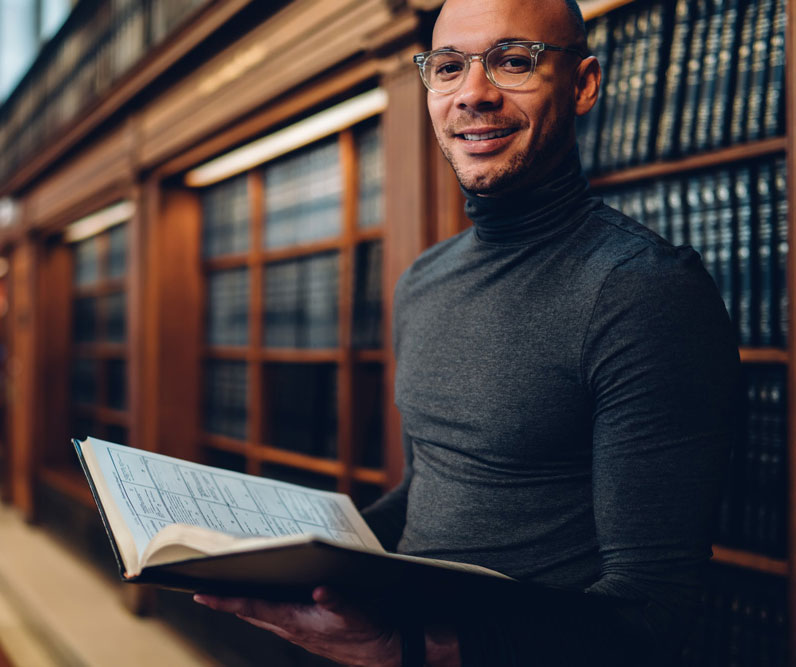The story of Helen Keller is a familiar one. At age nineteen months she lost her sight and hearing. Denied all the resources of language, she seemed, in her early years, more animal than little girl. “Shackled in spirit and mind, she was a wild thing of rages and despair.”1 But at age six-and-one-half someone entered her life to change all that. This person was Annie Sullivan, herself blind in childhood.
She was raised in a State institution among derelicts and outcasts. She had been illiterate until her teens. At age twenty-one she took on the awesome task of putting the deaf, mute and blind Helen Keller in touch with reality. “What will you teach her first?” Helen’s mother asks. “Language,” Annie replies. But how? “Through the sense of touch.”
The painstaking process begins with the word “doll.” Annie’s forefinger sketches an image on Helen’s palm. Then she guides the child’s hand over the figure of a doll. With this introduction to the…
To view this resource, log in or sign up for a subscription plan
